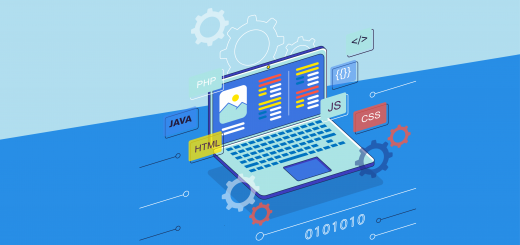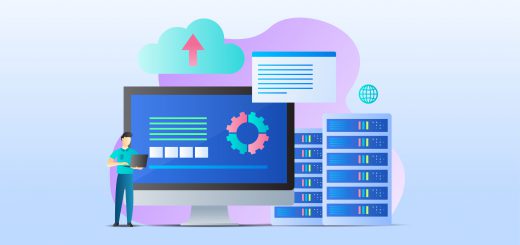Bias in AI: How to Address It in Software Development?
Artificial Intelligence (AI) has become an integral part of our lives, from virtual personal assistants to recommendation algorithms on streaming platforms. While AI has the potential to bring about tremendous benefits, it also raises concerns about bias. Bias in AI systems can lead to unfair and discriminatory outcomes, and it is crucial to address this issue in software development. In this blog from InnateXcellence, we will explore the concept of bias in AI and discuss strategies to mitigate and prevent it.
Understanding Bias in AI
Bias in AI refers to the presence of systematic and unfair discrimination in the decisions and predictions made by AI systems. This bias can manifest in various ways, such as racial, gender, or socioeconomic bias. It can result from several factors, including biased training data, biased algorithms, and biased design choices.
- Biased Training Data: AI systems learn from data, and if the training data is biased, the AI model will inherit those biases. For example, if a facial recognition system is trained primarily on images of lighter-skinned individuals, it may perform poorly on darker-skinned individuals, leading to biased outcomes.
- Biased Algorithms: The algorithms used in AI systems can also introduce bias. Some algorithms may inadvertently amplify existing biases in the data, making the AI system even more biased than the training data itself.
- Biased Design Choices: Bias can also be introduced through design choices made during the development of AI systems. For example, if developers prioritize certain attributes or characteristics over others, the system may exhibit bias towards those attributes.
Now that we understand what bias in AI is, let’s explore how to address it in software development.
1. Diverse and Representative Training Data
To mitigate bias in AI, it is crucial to start with diverse and representative training data. When collecting data for training, make sure it includes a broad range of examples from different demographics and backgrounds. This diversity will help the AI model learn more comprehensively and reduce the risk of biased outcomes.
2. Regularly Evaluate and Audit AI Models
Bias can evolve over time, and AI models may become biased even after their initial development. To address this, it’s essential to establish regular evaluation and auditing processes for AI models. These evaluations should assess the model’s performance across different demographic groups and identify any bias that may have emerged.
3. Ethical AI Principles
Incorporate ethical AI principles into your software development process. This includes defining clear guidelines for what is considered acceptable and unacceptable bias in AI systems. Make sure your development team is aware of these principles and follows them throughout the development cycle.
4. Transparency and Explainability
Ensure that your AI systems are transparent and explainable. Users should have insight into how decisions are made, and they should be able to understand the reasoning behind those decisions. Explainability not only helps users trust AI systems but also enables developers to identify and rectify bias more effectively.
5. Fairness Testing
Conduct fairness testing to assess how your AI system performs across different demographic groups. Use metrics and statistical techniques to measure disparities in outcomes and identify areas where bias may be present. This testing can help you pinpoint specific issues and make necessary adjustments.
6. Continuous Feedback Loops
Establish a feedback loop with users and stakeholders. Encourage them to report any instances of bias or unfairness they encounter while using the AI system. This feedback can provide valuable insights for improving the system and addressing bias effectively.
7. Diverse Development Teams
Having a diverse development team is essential for addressing bias in AI. A diverse team can bring different perspectives and experiences to the table, helping to identify and mitigate bias that might otherwise go unnoticed.
8. Regular Model Retraining
AI models should be regularly retrained with updated data to adapt to changing patterns and reduce bias. This process should involve reevaluating the training data, refining algorithms, and ensuring that the model continues to align with ethical AI principles.
9. External Audits and Third-Party Assessments
Consider involving external experts or third-party organizations to conduct audits and assessments of your AI systems. External perspectives can provide an unbiased evaluation of your system’s fairness and help identify blind spots in your approach to bias mitigation.
10. Legal and Regulatory Compliance
Stay informed about relevant legal and regulatory frameworks governing AI and bias. Ensure that your AI systems comply with these regulations and are regularly updated to meet evolving legal standards.
Conclusion
Bias in AI is a significant challenge that must be addressed in software development. By following these strategies, software developers can work towards creating AI systems that are more fair, transparent, and accountable. Ultimately, the goal is to harness the power of AI while ensuring that it benefits all users and does not perpetuate or exacerbate societal biases. Addressing bias in AI is an ongoing process, and it requires continuous vigilance and commitment to ethical AI principles. As technology continues to advance, responsible AI development will play a pivotal role in shaping a more equitable and just future.



